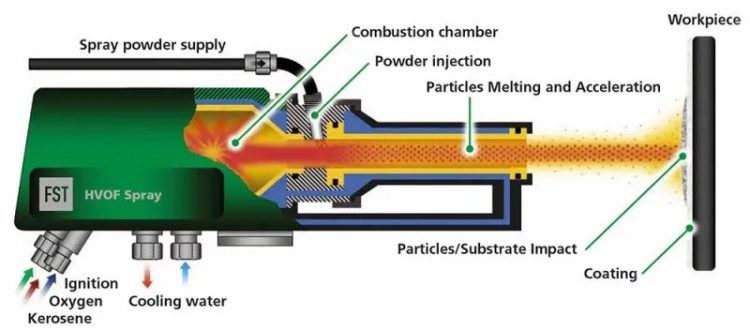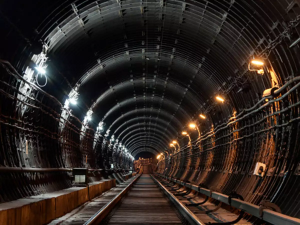Surface engineering may be defined as a method to tailor the properties of the surface of constituents (metallic/non-metallic) to improve functionality and service life for decorative or functional purposes. Surface engineering is a sub-discipline of materials science that mainly deals with the surface of bulk. It is a spectrum of all the applications of engineering and the most commonly used method to enhance resistance against wear, oxidation, and frictional energy losses.
Most engineering components experience material degradation, which initiates from the surface as surfaces are exposed to the surrounding environment. As a result, surfaces experience degradation over time. Hence, the improvement of the surface is a major concern in most engineering applications.
The major properties required by any engineering component to function satisfactorily for a long period are:
- Resistance to wear
- Resistance against corrosion
iii. Minimum energy losses due to friction
- Resistance against oxidation at elevated temperatures
- Better thermal properties
- Better electrical properties
The modification of the surface can be done by different methods. One of the most realistic and economical approaches to improve wear resistance could be overlaying the functional surface with a layer of hard and wear-resistant material, i.e., coating/cladding. Tribological coating/claddings are commonly developed through thermal spray, laser, and conventional welding processes.
Despite many benefits, the thermal spraying process has some major limitations like absence and/or poor metallurgical bonding with the substrate, chemical inhomogeneity, etc. in the coating. Hence, the performance of the coating in aggressive tribological loading (pinpoint) and the environment can be poor due to the poor adhesion strength of the coating with the substrate.
In contrast, conventional welding processes ensure good adhesion strength of deposits with the substrate due to metallurgical bonding. However, the severely deformed substrate is a problem. Laser cladding provides better control over dilution.
However, it also has some limitations like high thermal stress developed during the process owing to high-temperature gradients during super fast cooling associated, which causes solidification cracks in clads. Apart from this, distortion, porosity, and residual stresses are also major concerns in laser cladding.
The cladding of different thermal expansion materials may get delaminated from the substrate due to the arising of solidification cracks. The defects associated with the clad arise due to the high thermal gradient, which causes rapid solidification.
Therefore, the community of researchers should look into solutions for the above-discussed issues highlighted in well-accepted practices used for the development of the coating/claddings.
By
Tanish Bansal
Student, Mechanical Engineering Department (2022 Batch)
Shree Guru Gobind Singh Tricentenary University, Gurugram




